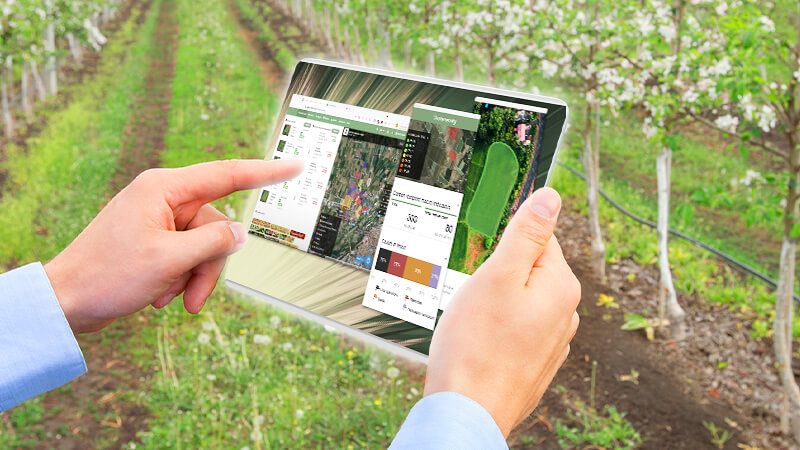In the era of digital transformation, one of the fields experiencing groundbreaking changes is agriculture, thanks to the Internet of Things (IoT). IoT is revolutionizing traditional farming practices, ushering in an era of smart agriculture. In this blog post, we’ll explore how IoT is sowing the seeds of change on farms, fostering efficiency, sustainability, and increased yields.
The Rise of Smart Agriculture with IoT
Gone are the days of relying solely on manual labor and guesswork. Today, farmers are equipped with a suite of IoT devices that provide real-time insights into every aspect of farming operations. From soil health monitoring to livestock management, the integration of IoT technologies is transforming farms into interconnected, data-driven ecosystems.
Key Applications of IoT in Agriculture
- Precision Farming: IoT sensors gather data on soil moisture, temperature, and nutrient levels. Farmers can make informed decisions about irrigation, fertilization, and crop health, optimizing resource usage.
- Livestock Monitoring: IoT-enabled collars and tags on animals provide real-time information on their health, location, and behavior. This ensures early detection of illnesses and improves overall herd management.
- Crop Monitoring and Automation: Drones equipped with sensors and cameras monitor crop conditions from above, identifying areas of concern such as pest infestations or disease. Automated machinery, guided by IoT data, can perform precision tasks like planting and harvesting.
- Weather Forecasting and Risk Management: IoT devices collect weather data, helping farmers anticipate adverse conditions. This data, combined with predictive analytics, enables proactive risk management strategies.
- Supply Chain Optimization: IoT facilitates traceability and transparency in the supply chain. From field to market, every step can be monitored, reducing waste and ensuring the quality of produce.
Benefits of IoT in Agriculture
- Increased Efficiency: By automating routine tasks and optimizing resource use, IoT enhances operational efficiency, allowing farmers to focus on strategic decision-making.
- Resource Conservation: Precision farming reduces the overuse of water, fertilizers, and pesticides, promoting sustainable agricultural practices and minimizing environmental impact.
- Data-Driven Decision Making: The wealth of data collected by IoT devices empowers farmers to make informed decisions, leading to higher yields and better crop quality.
- Cost Reduction: Through predictive maintenance of equipment, monitoring energy usage, and optimizing resource allocation, IoT helps farmers reduce operational costs.
- Improved Yield Predictions: Accurate data on soil conditions, weather patterns, and crop health enables better yield predictions, assisting farmers in planning and forecasting.
Challenges and Future Outlook
While the benefits of IoT in agriculture are evident, challenges such as data security, interoperability, and the digital divide in rural areas need to be addressed. Looking ahead, the integration of IoT with other emerging technologies like AI and machine learning holds the promise of even greater innovation in smart agriculture.
Conclusion
The marriage of IoT and agriculture is transforming the way we produce food. Smart farms are not only more productive but also more sustainable. As we embrace the era of IoT in agriculture, we cultivate a future where technology meets tradition, ensuring that farming remains at the heart of our global food supply chain. The fields are not just growing crops; they are nurturing a digital revolution that promises a bountiful harvest for generations to come.


